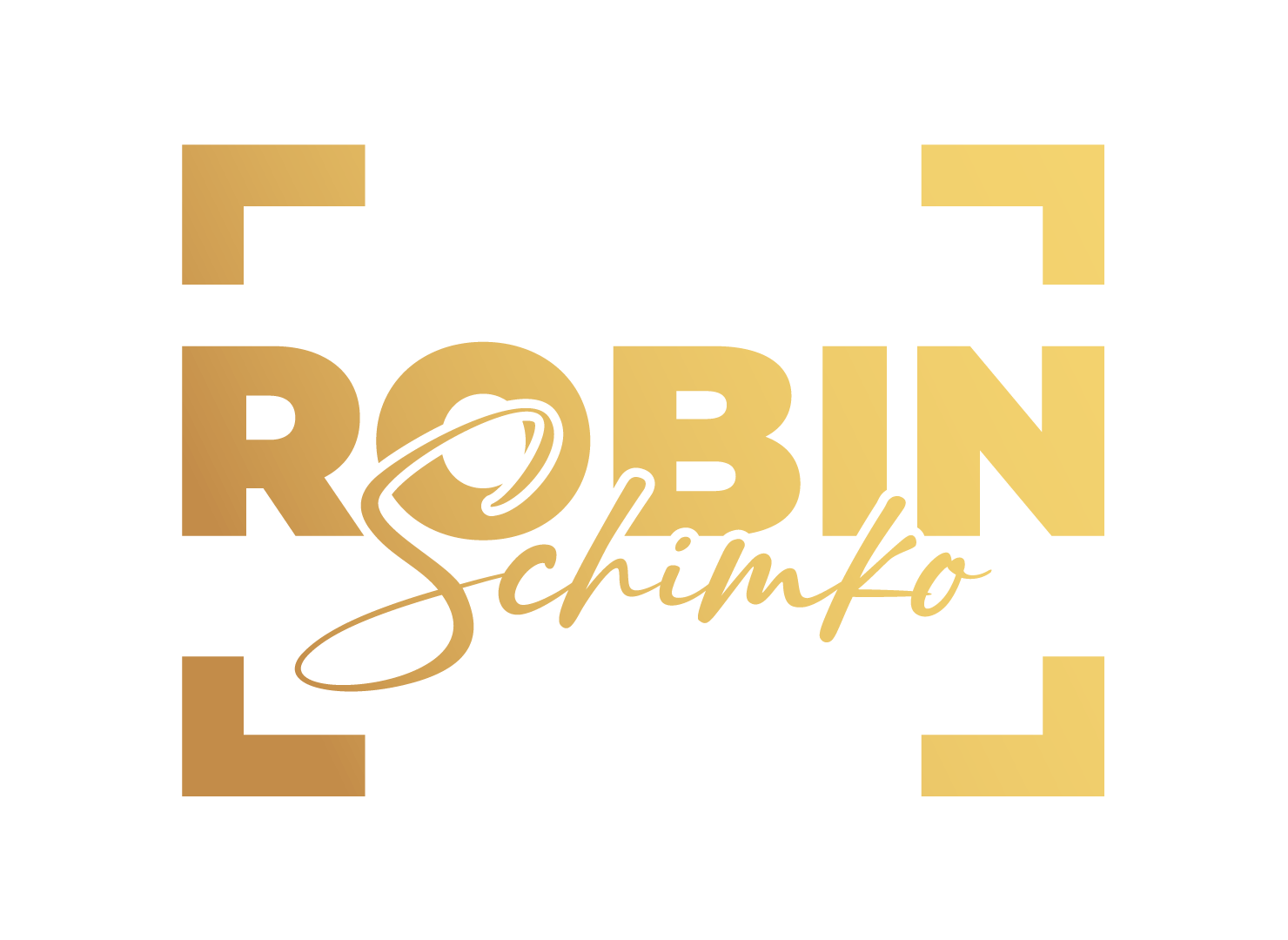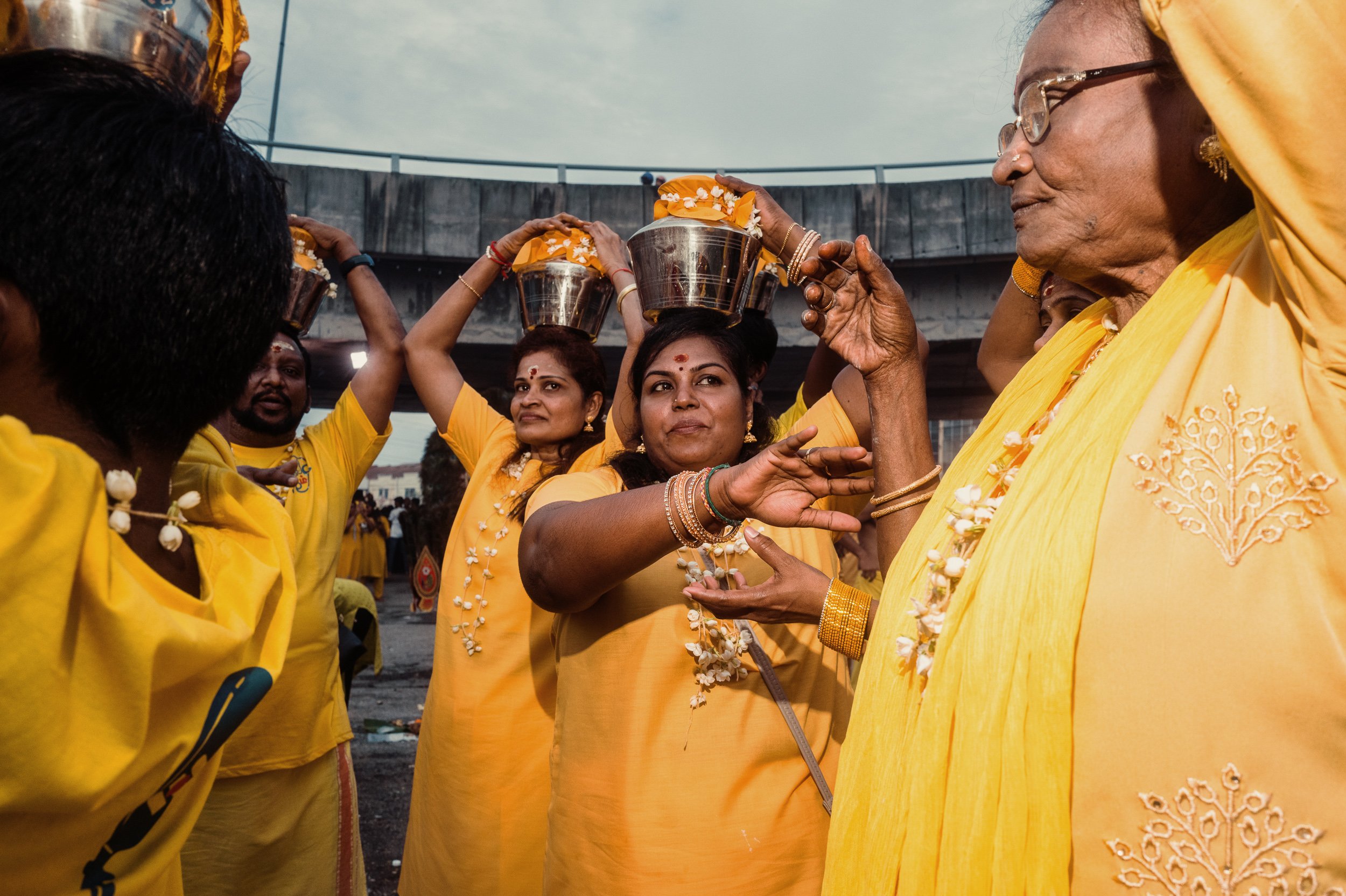Thaipusam in Kuala Lumpur - a Street Photograpgher’s Paradise
Last week, after returning from Penang to Kuala Lumpur, I had the pleasure to attend the famous Thaipusam festival. Today’s blogpost is however more focused on the days prior to the actual event. Why going to the festival? Well, my friend and fellow street photographer Edmond (edmondstreetz) told me about it around a year ago and I knew at some point I had to come and see it for myself. I don’t want to spoil it but it was totally worth it.
1. Leica Q3, 1/5 - f/11 - ISO800
2. Leica Q3, 1/15 - f/11 - ISO800
The photos you can see in this post had been taken a few days before the actual festival and it was already a lot going on and it gave me an idea about what to expect during the two days of the event a few days later.
3. Leica Q3, 1/50 - f/8 - ISO800
The Thaipusam festival, celebrated with unparalleled fervor and devotion, holds a special place in the hearts of Hindus around the world. One of the most iconic and grandiose celebrations occurs at Batu Caves in Kuala Lumpur, Malaysia. The Thaipusam festival at Batu Caves is a unique blend of religious customs, cultural expressions, and spiritual fervor, making it a captivating spectacle that attracts pilgrims, tourists, and locals alike.
4. Leica Q3, 1/60 - f/8 - ISO800
Thaipusam is a Hindu festival dedicated to Lord Murugan, the God of War, and is observed during the Tamil month of Thai (January-February). This festival commemorates the occasion when Parvati, the mother of Murugan, presented him with a divine spear to vanquish the evil demon Soorapadman. Devotees believe that by participating in the Thaipusam rituals, they can seek the blessings of Lord Murugan for strength, protection, and the fulfillment of their wishes.
5. Leica Q3, 1/30 - f/8 - ISO800
6. Leica Q3, 1/30 - f/8 - ISO800
Batu Caves, located just north of Kuala Lumpur, is an iconic site for Thaipusam celebrations due to the monumental golden statue of Lord Murugan and the towering limestone caves that house several Hindu shrines. The site's natural beauty adds to the religious ambiance, making it a focal point for both worshippers and spectators during the festival.
7. Leica Q3, 1/400 - f/8 - ISO800
The most extreme form of penance is the act of carrying a "paal kudam" or milk pot, which involves piercing the devotee's cheeks, tongue, or other body parts with sharp objects. Despite the physical pain, devotees display an unwavering faith and determination, considering their sacrifices as acts of devotion and penance.
8. Leica Q3, 1/500 - f/8 - ISO800
9. Leica Q3, 1/500 - f/8 - ISO800
10. Leica Q3, 1/400 - f/8 - ISO800
11. Leica Q3, 1/640 - f/8 - ISO800
Beyond the spiritual and religious aspects, the Thaipusam festival at Batu Caves is a cultural extravaganza. The vibrant procession to the caves is accompanied by rhythmic music, traditional dances, and the chanting of hymns, creating an atmosphere of joy and celebration. The entire event is a testament to the rich cultural heritage of the Hindu community in Malaysia, and it provides an opportunity for people of different backgrounds to witness and appreciate this unique manifestation of faith.
12. Leica Q3, 1/500 - f/8.0 - ISO800
13. Leica Q3, 1/1000 - f/8.0 - ISO800
14. Leica Q3, 1/500 - f/8.0 - ISO800
15. Leica Q3, 1/800 - f/8.0 - ISO800
The Thaipusam festival at Batu Caves has gained international recognition and has become a significant tourist attraction. The annual event draws visitors from various parts of the world who come to witness the spectacle, experience the cultural richness, and capture the spiritual essence of the festival. The global awareness generated by Thaipusam at Batu Caves contributes to the promotion of religious tolerance, cultural understanding, and the appreciation of diverse traditions.
16. Leica Q3, 1/800 - f/8.0 - ISO800
17. Leica Q3, 1/500 - f/8.0 - ISO800
18. Leica Q3, 1/320- f/16 - ISO1600
The Leica Q3 was the perfect tool to capture these scenes, especially because I was using flash. I shot mostly at aperture priority and let the camera pick the shutter speeds. The ISO was set to 800 in the beginning and a little later on I raised it to 1600. You might asked yourself why, but the answer is fairly simple. The flash power is only effected by ISO and aperture and the shutter speed was used to control the ambient light.
The Leica Q3 has a leaf shutter and can sync flash at any speed of its mechanical shutter and that makes everything so much easier. So, it can go up to 1/2000 and that allows me to raise the ISO as high as I need to get the flash power that I want to achieve. Since, I use zone focusing and I want most things to be in focus, I usually shoot at f/8 or even f/16 but that would normally also mean that I had to use my flash at max power. However, I try to avoid that because it kills the batteries much faster and also after each shot I would have to wait a few seconds for the flash to be ready again. By shooting at higher ISOs, I can comfortably set my flash to 1/8 power and avoid all those issues. And to be honest, the Q3 can handle ISO1600 very well and even when pushing the files later on in Lightroom, there is hardly any noise.
19. Leica Q3, 1/320 - f/16 - ISO1600
20. Leica Q3, 1/200 - f/16 - ISO1600
21. Leica Q3, 1/160 - f/16 - ISO1600
22. Leica Q3, 1/800 - f/13 - ISO1600
23. Leica Q3, 1/500- f/16 - ISO1600
24. Leica Q3, 1/125 - f/16 - ISO1600
25. Leica Q3, 1/320 - f/16 - ISO1600
26. Leica Q3, 1/200 - f/16 - ISO1600
27. Leica Q3, 1/400 - f/16 - ISO1600
28. Leica Q3, 1/50- f/16 - ISO1600
29. Leica Q3, 1/1000 - f/16 - ISO1600
Stay tuned, more to come!





























